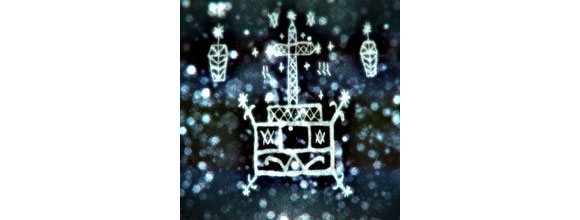 I don’t remember that many games set in New Orleans, even though it seems, from a foreigner’s point of view, a great place to set a fiction in. I can think of Gabriel Knight: Sins of the Fathers, of course; why did you choose New Orleans as the setting for your game?
I don’t remember that many games set in New Orleans, even though it seems, from a foreigner’s point of view, a great place to set a fiction in. I can think of Gabriel Knight: Sins of the Fathers, of course; why did you choose New Orleans as the setting for your game? So, you might laugh at this a bit, but my parents came up with the initial idea for the game. They were watching a show called Oddities, which is about strange objects and artifacts that end up in this guy’s shop. One episode was about an iron cauldron, sealed tight – X-rays showed that the inside was filled with bones and all sorts of strange objects. The show talked about how these were used in Voodoo to essentially seal away evil. Sounded like a cool idea for a video game, and a swamp setting in New Orleans seemed like a great environment, and something that hadn’t been done much. Did a trip to New Orleans, spent time in the French Quarter and the bayou, and just soaked it all in. Now, fast forward to today, and I see why there aren’t a lot of games with swamps: they’re tough to do! Water that’s murky without being opaque, tons of dense plant life, beautiful shadows and lighting, but optimization is a constant battle for me, while keeping true to the area.
Could Ingonga be compared with this modern school of «first person walkers», like Dear Esther or Gone Home? What kind of exploration are you trying to achieve? In a way, yes, but I think the difference is that while they’re eerie and haunting at times, I wouldn’t call either a horror game – we definitely are. The feel I want to get across to players is a sense of being lost and stumbling upon strange things in the swamp, of being confused, of hearing things and seeing things and knowing you’re not alone in the swamp, and the tension of waiting for that moment when you’ll have to run, fight, or hide. I guess my goal is to have it feel like a mix of Amnesia and the Blair Witch Project.
What’s the importance of the «action focused» Tapes, these segments where you play as «a young man who was present that night and recording the terrible events happening»? Can we expect shooting, et cetera? I really, really wanted to do just a straight up, black and white, ‘found footage’ horror game. Seemed like a great idea, but the problem is that everything just gets visually dull after seeing it all like that for so long. I still wanted it in the game, in some form, so the idea of finding VHS tapes and seeing what happened on the night the Ingonga was opened sounded like a good way to implement that a bit, without making the whole game about it. It also opened up the chance to do some time-based puzzles, like seeing events in the past and using those clues to handle things in the present. There will be a fair amount of shooting in those tapes – without spoiling too much – it’s a night of utter chaos for everyone on the island, and though I’ve always felt that primeval horrors shouldn’t be stopped by bullets, it’s not just the paranormal you’ll have to worry about in the tapes.
Why is the «exploring and looking for clues» formula becoming a new standard for narrative game designers? What’s so attractive about it? I can only speak for myself here, but for me, it’s about rejecting how ‘game-y’ things are in videogames at times. I hate quest markers, I hate the overly explicit way stories are told and directions are given in games. Dark Souls handles this so well – instructions are vague, and lots of the backstory is revealed by reading item descriptions. You take in as much of the story as you’re willing to explore, and that’s my goal – wander, explore, think about what you see and piece it together yourself, without hand holding.
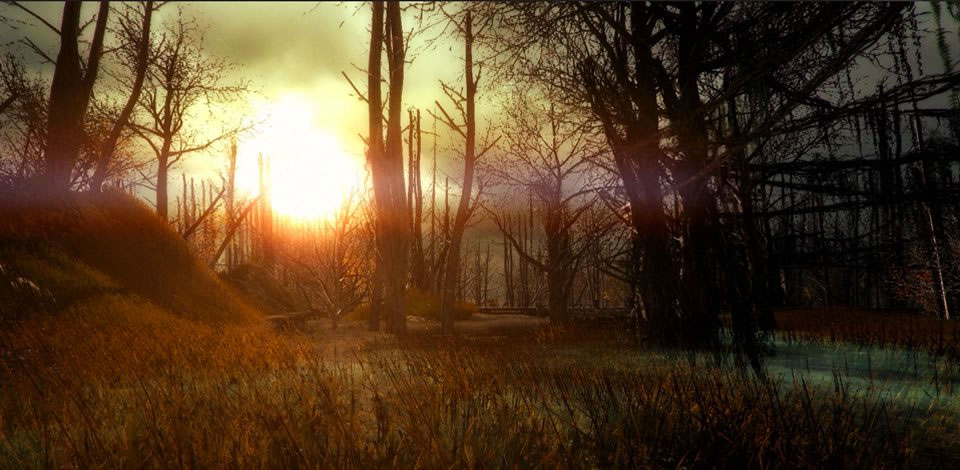 You try to not portray voodoo «in the way it usually is in videogames and movies». What’s your story with voodoo? Were you interested in it before Ingonga? How’s the documentation process going?
You try to not portray voodoo «in the way it usually is in videogames and movies». What’s your story with voodoo? Were you interested in it before Ingonga? How’s the documentation process going? In general, at least in much of the US, there are a ton of misconceptions about Voodoo – it’s not very well understood that it’s a syncretic religious system, a blending of Catholicism and various African traditions. There are all manner of variants, there is no one ‘Voodoo’, just as with Christianity, and it’s not all black magic and zombies. I started learning as much as I could about it when I began exploring the idea for the game, and became engrossed in it. In game, it’s your character’s faith in Voodoo that saves you and lets you fight back – interactions with the Loa, the spirits of Voodoo, through Veve, which are the symbols of the Loa, are the backbone of how you advance the story.
You worked on Call of Duty for 8 years, so basically since the series started. When did you decide to quit and start making your own independent games? Why? I started out on Call of Duty as a tester, and worked my way up into Production – it was a great experience, and I enjoyed my time there a lot. But, after 8 years of LA, the traffic, the cost of living, the 2+ hour commute, and the insane crunch hours – it got to be a bit much for me. I spent a lot of time helping to make games for others, it just felt like the right time to perhaps give it a go myself!
Your mom seems super cool! Not really a question, just a FACT. I will pass this on to her, it will make her day!
 I don’t remember that many games set in New Orleans, even though it seems, from a foreigner’s point of view, a great place to set a fiction in. I can think of Gabriel Knight: Sins of the Fathers, of course; why did you choose New Orleans as the setting for your game? So, you might laugh at this a bit, but my parents came up with the initial idea for the game. They were watching a show called Oddities, which is about strange objects and artifacts that end up in this guy’s shop. One episode was about an iron cauldron, sealed tight – X-rays showed that the inside was filled with bones and all sorts of strange objects. The show talked about how these were used in Voodoo to essentially seal away evil. Sounded like a cool idea for a video game, and a swamp setting in New Orleans seemed like a great environment, and something that hadn’t been done much. Did a trip to New Orleans, spent time in the French Quarter and the bayou, and just soaked it all in. Now, fast forward to today, and I see why there aren’t a lot of games with swamps: they’re tough to do! Water that’s murky without being opaque, tons of dense plant life, beautiful shadows and lighting, but optimization is a constant battle for me, while keeping true to the area. Could Ingonga be compared with this modern school of «first person walkers», like Dear Esther or Gone Home? What kind of exploration are you trying to achieve? In a way, yes, but I think the difference is that while they’re eerie and haunting at times, I wouldn’t call either a horror game – we definitely are. The feel I want to get across to players is a sense of being lost and stumbling upon strange things in the swamp, of being confused, of hearing things and seeing things and knowing you’re not alone in the swamp, and the tension of waiting for that moment when you’ll have to run, fight, or hide. I guess my goal is to have it feel like a mix of Amnesia and the Blair Witch Project. What’s the importance of the «action focused» Tapes, these segments where you play as «a young man who was present that night and recording the terrible events happening»? Can we expect shooting, et cetera? I really, really wanted to do just a straight up, black and white, ‘found footage’ horror game. Seemed like a great idea, but the problem is that everything just gets visually dull after seeing it all like that for so long. I still wanted it in the game, in some form, so the idea of finding VHS tapes and seeing what happened on the night the Ingonga was opened sounded like a good way to implement that a bit, without making the whole game about it. It also opened up the chance to do some time-based puzzles, like seeing events in the past and using those clues to handle things in the present. There will be a fair amount of shooting in those tapes – without spoiling too much – it’s a night of utter chaos for everyone on the island, and though I’ve always felt that primeval horrors shouldn’t be stopped by bullets, it’s not just the paranormal you’ll have to worry about in the tapes. Why is the «exploring and looking for clues» formula becoming a new standard for narrative game designers? What’s so attractive about it? I can only speak for myself here, but for me, it’s about rejecting how ‘game-y’ things are in videogames at times. I hate quest markers, I hate the overly explicit way stories are told and directions are given in games. Dark Souls handles this so well – instructions are vague, and lots of the backstory is revealed by reading item descriptions. You take in as much of the story as you’re willing to explore, and that’s my goal – wander, explore, think about what you see and piece it together yourself, without hand holding.
I don’t remember that many games set in New Orleans, even though it seems, from a foreigner’s point of view, a great place to set a fiction in. I can think of Gabriel Knight: Sins of the Fathers, of course; why did you choose New Orleans as the setting for your game? So, you might laugh at this a bit, but my parents came up with the initial idea for the game. They were watching a show called Oddities, which is about strange objects and artifacts that end up in this guy’s shop. One episode was about an iron cauldron, sealed tight – X-rays showed that the inside was filled with bones and all sorts of strange objects. The show talked about how these were used in Voodoo to essentially seal away evil. Sounded like a cool idea for a video game, and a swamp setting in New Orleans seemed like a great environment, and something that hadn’t been done much. Did a trip to New Orleans, spent time in the French Quarter and the bayou, and just soaked it all in. Now, fast forward to today, and I see why there aren’t a lot of games with swamps: they’re tough to do! Water that’s murky without being opaque, tons of dense plant life, beautiful shadows and lighting, but optimization is a constant battle for me, while keeping true to the area. Could Ingonga be compared with this modern school of «first person walkers», like Dear Esther or Gone Home? What kind of exploration are you trying to achieve? In a way, yes, but I think the difference is that while they’re eerie and haunting at times, I wouldn’t call either a horror game – we definitely are. The feel I want to get across to players is a sense of being lost and stumbling upon strange things in the swamp, of being confused, of hearing things and seeing things and knowing you’re not alone in the swamp, and the tension of waiting for that moment when you’ll have to run, fight, or hide. I guess my goal is to have it feel like a mix of Amnesia and the Blair Witch Project. What’s the importance of the «action focused» Tapes, these segments where you play as «a young man who was present that night and recording the terrible events happening»? Can we expect shooting, et cetera? I really, really wanted to do just a straight up, black and white, ‘found footage’ horror game. Seemed like a great idea, but the problem is that everything just gets visually dull after seeing it all like that for so long. I still wanted it in the game, in some form, so the idea of finding VHS tapes and seeing what happened on the night the Ingonga was opened sounded like a good way to implement that a bit, without making the whole game about it. It also opened up the chance to do some time-based puzzles, like seeing events in the past and using those clues to handle things in the present. There will be a fair amount of shooting in those tapes – without spoiling too much – it’s a night of utter chaos for everyone on the island, and though I’ve always felt that primeval horrors shouldn’t be stopped by bullets, it’s not just the paranormal you’ll have to worry about in the tapes. Why is the «exploring and looking for clues» formula becoming a new standard for narrative game designers? What’s so attractive about it? I can only speak for myself here, but for me, it’s about rejecting how ‘game-y’ things are in videogames at times. I hate quest markers, I hate the overly explicit way stories are told and directions are given in games. Dark Souls handles this so well – instructions are vague, and lots of the backstory is revealed by reading item descriptions. You take in as much of the story as you’re willing to explore, and that’s my goal – wander, explore, think about what you see and piece it together yourself, without hand holding.  You try to not portray voodoo «in the way it usually is in videogames and movies». What’s your story with voodoo? Were you interested in it before Ingonga? How’s the documentation process going? In general, at least in much of the US, there are a ton of misconceptions about Voodoo – it’s not very well understood that it’s a syncretic religious system, a blending of Catholicism and various African traditions. There are all manner of variants, there is no one ‘Voodoo’, just as with Christianity, and it’s not all black magic and zombies. I started learning as much as I could about it when I began exploring the idea for the game, and became engrossed in it. In game, it’s your character’s faith in Voodoo that saves you and lets you fight back – interactions with the Loa, the spirits of Voodoo, through Veve, which are the symbols of the Loa, are the backbone of how you advance the story. You worked on Call of Duty for 8 years, so basically since the series started. When did you decide to quit and start making your own independent games? Why? I started out on Call of Duty as a tester, and worked my way up into Production – it was a great experience, and I enjoyed my time there a lot. But, after 8 years of LA, the traffic, the cost of living, the 2+ hour commute, and the insane crunch hours – it got to be a bit much for me. I spent a lot of time helping to make games for others, it just felt like the right time to perhaps give it a go myself! Your mom seems super cool! Not really a question, just a FACT. I will pass this on to her, it will make her day!
You try to not portray voodoo «in the way it usually is in videogames and movies». What’s your story with voodoo? Were you interested in it before Ingonga? How’s the documentation process going? In general, at least in much of the US, there are a ton of misconceptions about Voodoo – it’s not very well understood that it’s a syncretic religious system, a blending of Catholicism and various African traditions. There are all manner of variants, there is no one ‘Voodoo’, just as with Christianity, and it’s not all black magic and zombies. I started learning as much as I could about it when I began exploring the idea for the game, and became engrossed in it. In game, it’s your character’s faith in Voodoo that saves you and lets you fight back – interactions with the Loa, the spirits of Voodoo, through Veve, which are the symbols of the Loa, are the backbone of how you advance the story. You worked on Call of Duty for 8 years, so basically since the series started. When did you decide to quit and start making your own independent games? Why? I started out on Call of Duty as a tester, and worked my way up into Production – it was a great experience, and I enjoyed my time there a lot. But, after 8 years of LA, the traffic, the cost of living, the 2+ hour commute, and the insane crunch hours – it got to be a bit much for me. I spent a lot of time helping to make games for others, it just felt like the right time to perhaps give it a go myself! Your mom seems super cool! Not really a question, just a FACT. I will pass this on to her, it will make her day!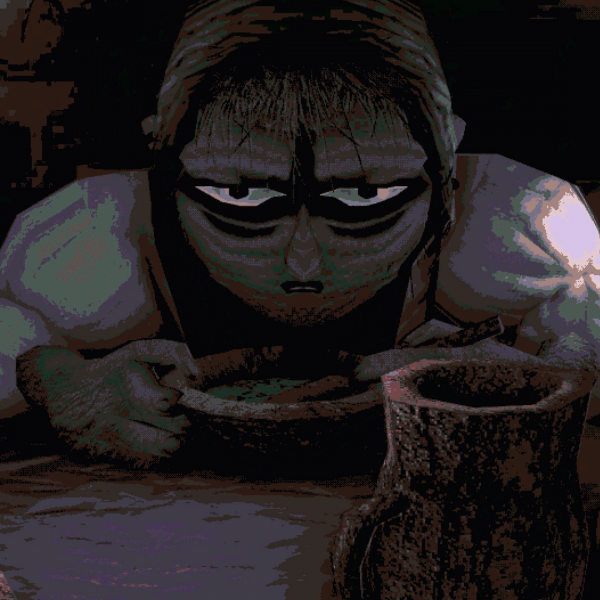
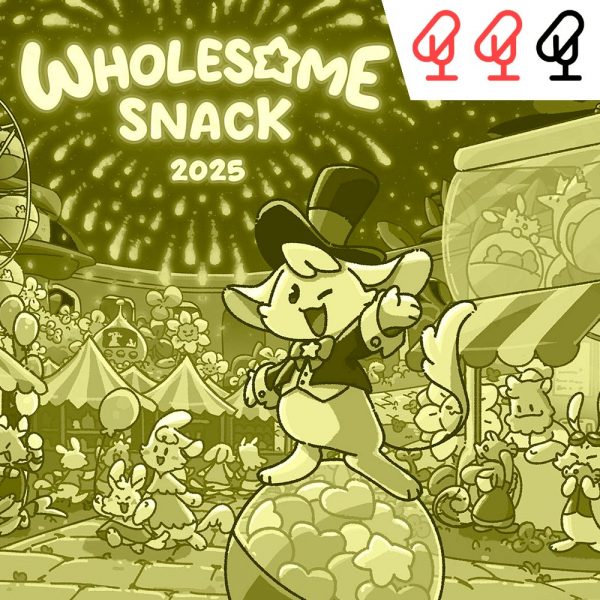
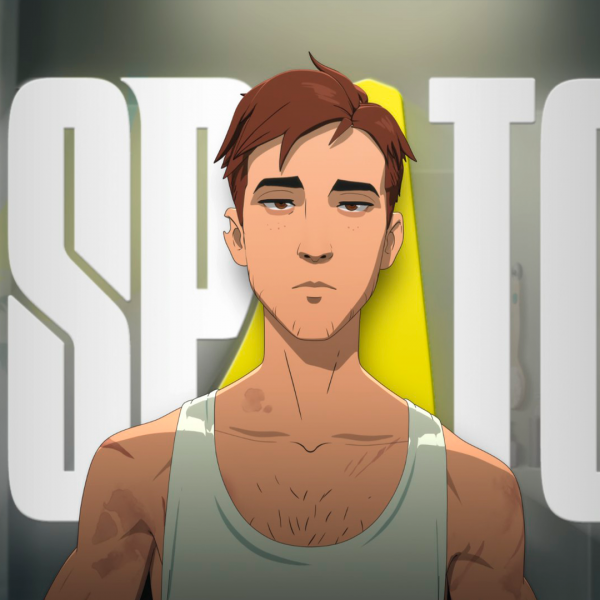
Solo los usuarios registrados pueden comentar - Inicia sesión con tu perfil.